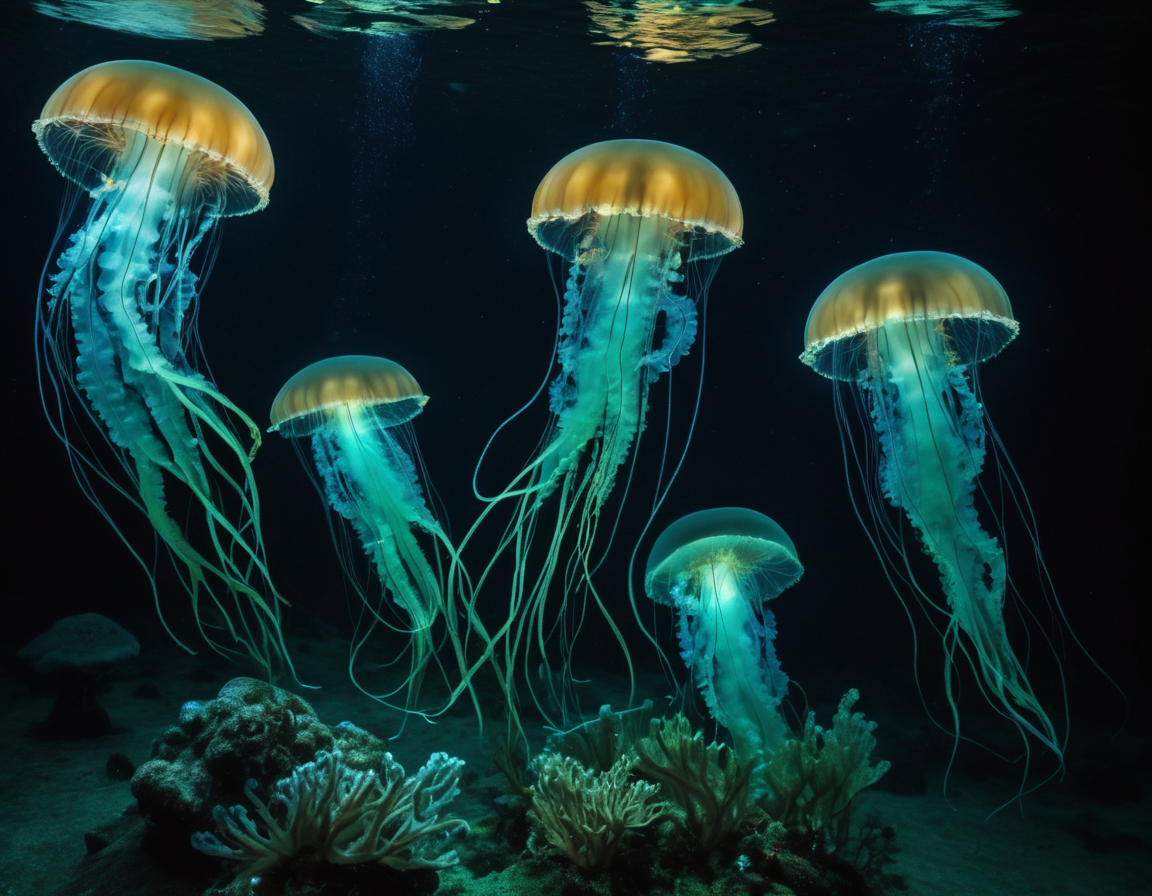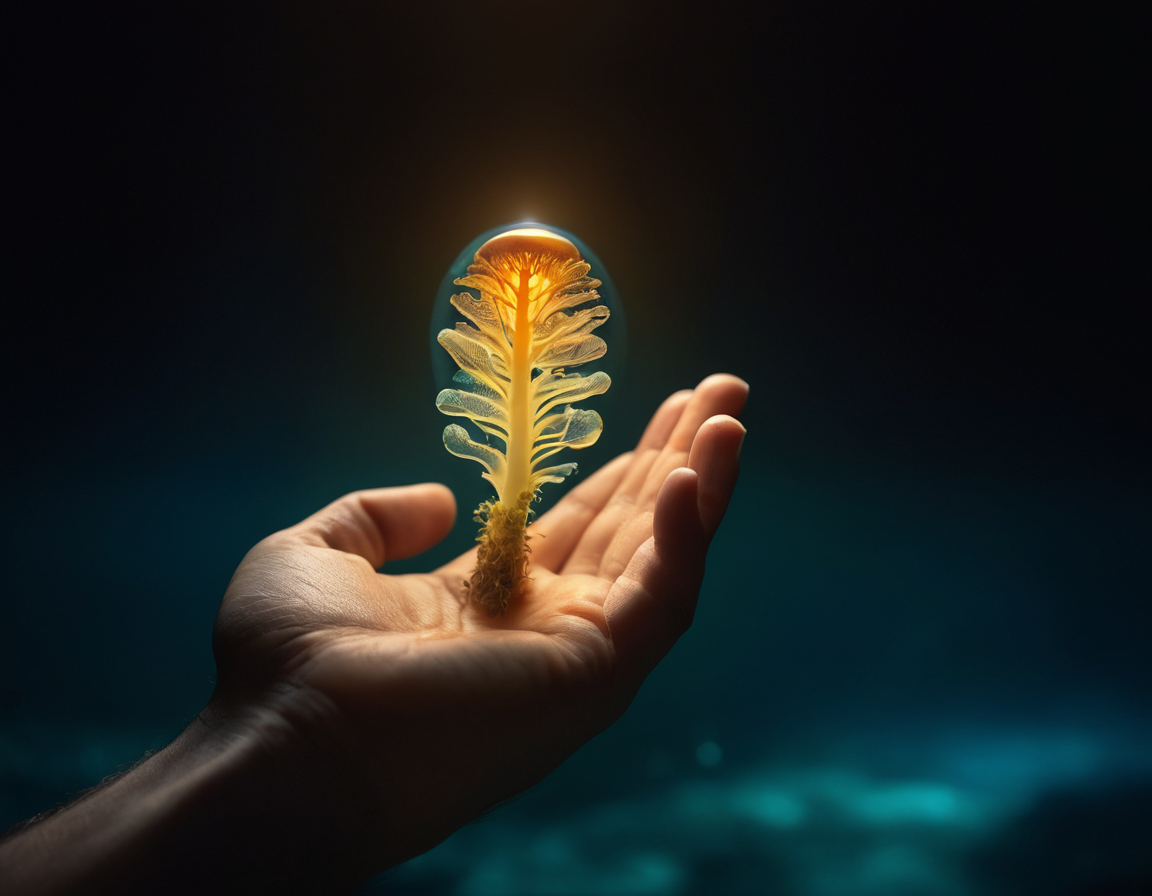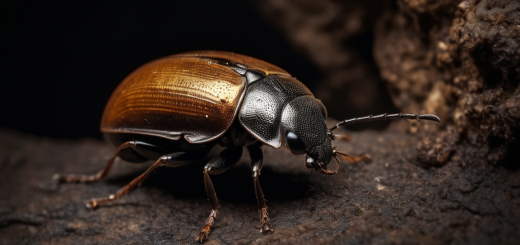The Fascinating World of Bioluminescent Organisms: Nature’s Living Light Show
Discovering Nature’s Glow: Bioluminescent Organisms
Brightening the depths of the oceans and the shadowy forest floors, bioluminescent organisms paint the world in a glow that has captivated scientists and nature lovers alike. But what is bioluminescence, and why do these creatures possess such an enchanting ability?  This blog post will illuminate the secrets of bioluminescent organisms, taking you on a journey through their glowing world.
This blog post will illuminate the secrets of bioluminescent organisms, taking you on a journey through their glowing world.
What is Bioluminescence?
Bioluminescence is a form of chemiluminescence where living organisms produce light through a series of chemical reactions. By combining the substrate luciferin with oxygen, catalyzed by the enzyme luciferase, these organisms can emit light efficiently and with minimal heat.
The Purpose of Their Glow
While the spectacle is mesmerizing, the reasons behind these organisms’ bioluminescent capabilities are even more intriguing. Functions range from attraction of mates or prey, to camouflage and even communication among species.
Where to Find These Living Lights
The majority of bioluminescent creatures reside in the ocean, with some notable examples including the Vampire Squid and the mesmerizing Jellyfish. However, not all light-bearers are aquatic; fireflies light up the land with their delicate dances primarily to attract mates during the twilight hours. 
Conservation and The Future of Bioluminescence
Today, the allure of bioluminescent organisms extends beyond their beauty. Their unique biochemical pathways are being harnessed for research in medicine, environmental monitoring, and the development of new technology. However, the environment that sustains them is under threat. Conservation efforts are vital to ensure that these living lights do not dim forever. 
Join the movement to protect the bioluminescent species and witness their glow. Remember, every small effort can contribute to the preservation of nature’s living light show.






